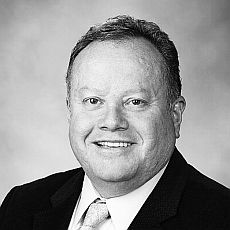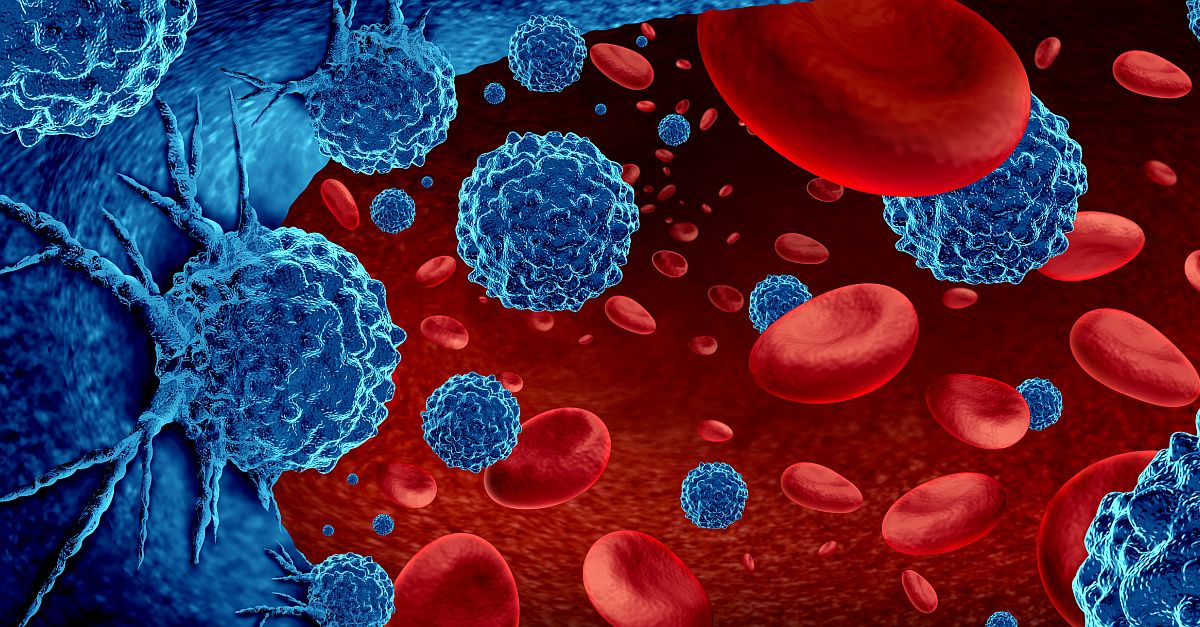 As part of our series “Expert Perspectives”, Aptitude Health interviewed Dr Rafael Fonseca to gain his unique perspectives on recent advances in the management of multiple myeloma. Dr Fonseca is a hematologist who specializes in the care and research of multiple myeloma and related conditions, and is a Mayo Clinic Distinguished Investigator, the highest academic distinction given to investigators at that institution. Dr Fonseca’s practice focuses on diagnosing and treating plasma cell disorders. He participates in and leads clinical trials that have resulted in the approval of various drugs for the treatment of myeloma. His efforts encompass translational and clinical research, including leading a team of researchers who characterized the clinical implications of genetic markers in myeloma, as well as clinical care. He also has expertise in myeloma bone disease, prognostic markers, pharmacoeconomics, and new drug development.
As part of our series “Expert Perspectives”, Aptitude Health interviewed Dr Rafael Fonseca to gain his unique perspectives on recent advances in the management of multiple myeloma. Dr Fonseca is a hematologist who specializes in the care and research of multiple myeloma and related conditions, and is a Mayo Clinic Distinguished Investigator, the highest academic distinction given to investigators at that institution. Dr Fonseca’s practice focuses on diagnosing and treating plasma cell disorders. He participates in and leads clinical trials that have resulted in the approval of various drugs for the treatment of myeloma. His efforts encompass translational and clinical research, including leading a team of researchers who characterized the clinical implications of genetic markers in myeloma, as well as clinical care. He also has expertise in myeloma bone disease, prognostic markers, pharmacoeconomics, and new drug development.
Dr Fonseca has given many national and international presentations as a visiting professor, and has authored numerous articles (over 300), book chapters, editorials, abstracts, and letters. Throughout his training and career, he has received many awards and honors, including the Damon Runyon-Walter Winchell Clinical Investigator Award and the International Waldenström Macroglobulinemia Research Award.
In your opinion, what is the most important achievement in the treatment of multiple myeloma in the last 5 years?
In the past 5 years, we’ve seen great progress in the treatment of multiple myeloma. I would say the greatest achievement has been not just 1, but many advances coming together. For example, we have seen production of monoclonal antibodies, several maintenance therapies, and new molecules, including bispecifics. Management of myeloma has also been greatly enhanced by the availability of MRD testing and thus leading to the MRD-guided therapy approach.
What is your biggest disappointment in multiple myeloma management in the past 5 years?
The biggest disappointment in the past 5 years has been the “back to reality” moments that we have had with the treatments, either with toxicities or the fact that, despite all the excitement that we have had with our ability to produce deeper responses even when patients are sometimes MRD negative, we might see that in time, some of those patients still experience a relapse. I don’t think this is in any way universal, and I still hope that a number of patients and hopefully in some time a majority (we are still not there) who achieve MRD can remain MRD forever. But we still see some evidence of relapse, particularly in patients who have high-risk genetic markers, and I’m hoping we will be able to work on this as we learn more about the tools we have.
What is the most important medical need in multiple myeloma management?
There are 2 critical needs that are unmet for multiple myeloma. First, we need to have better biomarkers that would allow us to determine whether a patient will respond or not to immunomodulatory drugs (eg, lenalidomide and pomalidomide). That’s a crucial question because those 2 drugs have been highly effective. They’re a big part of our toolbox, but oftentimes we don’t know and we might not even know once we try them, because we try them in combination.
Secondly, I think we need better treatments for second- and third-line relapses. We have a number of agents, but still for a patient who has experienced all the drugs—and until we get treatments like the bispecifics and CAR T-cell therapies to be more common—we still need more drugs for that particular space.
In terms of the future, what is the most interesting strategic direction for further development in multiple myeloma?
I think the most interesting future strategic direction for multiple myeloma research is to bring forward to the frontline the best treatments available, and the idea is that we could potentially combine immunotherapy with a bispecific antibody and other molecules as a targeted agent. One example for this would be something like venetoclax for myeloma patients with t(11;14). By doing so, you can achieve very deep responses and ultimately make them durable, so I would hope to see a future not too far away where we’re using bispecifics and CAR T cells as part of the frontline therapy.
How has COVID changed your perspective?
I don’t think that at this point our perspective has changed much. We obviously had to adjust originally when there were more uncertainties about the pandemic, and we know for sure that patients who are receiving active treatment or who have immunosuppression have a high risk. Nevertheless, we now have a less aggressive variant, we have oral treatments, and we have the availability of monoclonal antibodies. We now have preventive monoclonal antibodies that can be administered to patients with hematologic malignancies, and this is something that can protect patients for up to 6 months, so I am hoping that we’ll be talking less and less about COVID.
Do you think we can start talking about cure in patients with multiple myeloma?
Absolutely. I do think we can start talking about a cure of multiple myeloma. If we say that there are patients for whom myeloma will not become a life-ending or life-limiting diagnosis, and that because of the treatments they receive they can live to near-normal life expectancy, whether that treatment is of short duration or longer duration, to me that’s a cure. Yes, there are cures in other diseases where we provide a few days of treatment and the disease disappears, like with hairy cell leukemia. Maybe one day that will be true for myeloma. What I know for sure is that we’re getting deeper and deeper responses and then we’re seeing that over time, some of them seem to be quite durable. I think that we will slowly see a growing fraction of patients who in time we will say had been cured from their myeloma and we just didn’t know it at the time that they were being treated.

